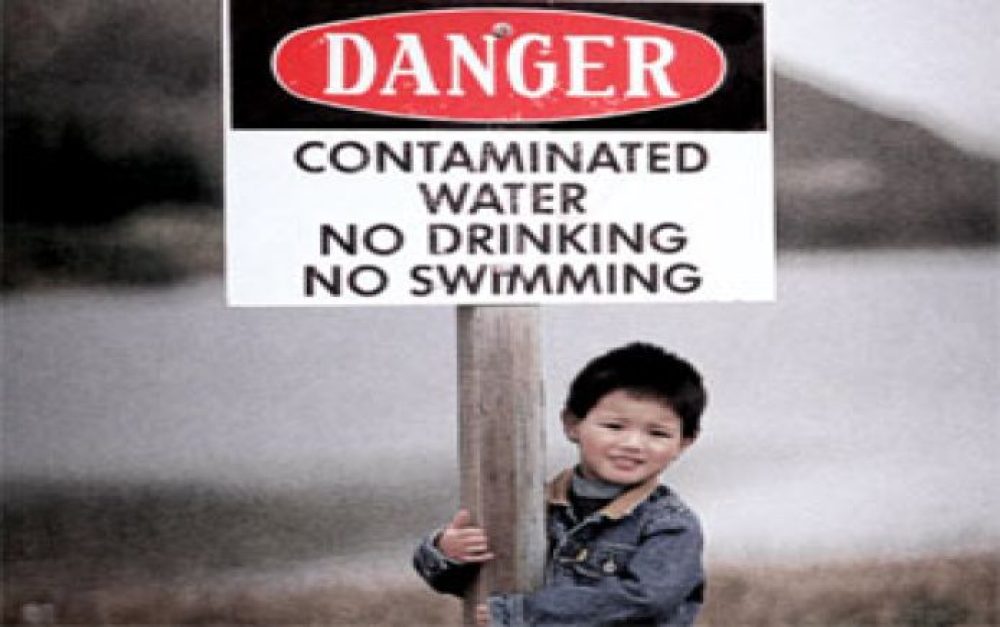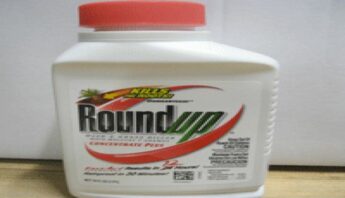Like many people, I once believed in the safety of RoundUp. Back in the 1980s when I was a young graduate student in ecology, it was the “safe” herbicide of choice for clearing weeds from study plots.
Monsanto would like us to continue to believe their flagship product is safe, but the data are increasingly saying otherwise. The latest? Widespread exposure is a near certainty, since RoundUp — now linked to birth defects — shows up regularly in our water and air.
Glyphosate, RoundUp’s active ingredient, was found in every stream studied and in most air samples taken in a recent study conducted by government researchers in Mississippi and Iowa. And it's undoubtedly in other states too. Across the U.S. it's used commonly on corn, soybeans, cotton and rice, to the tune of 180-185 millions of pounds in 2007 — more tonnage than any other pesticide.
And that's only use on farms. RoundUp is also the second most commonly used pesticide in homes and gardens across the country.
Scientists bust Monsanto's safety myth
Glyphosate has recently been linked to birth defects,* and at extremely low levels it can kill placental cells and disrupt the human hormone system. Yet regulatory authorities still only formally recognize its potential to contaminate groundwater.
SafeLawns recently pointed out that while glyphosate is not listed by EPA as highly toxic when inhaled, it may become highly toxic in the human digestive system where it is metabolized to N-nitrosoglyphosate — a chemical known to cause tumors.
It can be expensive to test for pesticides in air and water, which is why we haven't before seen the kind of data recently collected in Mississipi and Iowa. Independent testing for health effects can also be costly. Yet these are precisely the kind of data that should be required for continued use of any product. Are we exposed? Does it harm us? How does it affect children's health and development?
One common-sense solution: manufacturers should be required to fund (through not conduct) such testing if they want to keep their pesticides on the market.
EPA agrees to take action — eventually
EPA has set 2015 for deciding if glyphosate should continue to be sold, or should have its use in some way limited.
We know the regulatory process can be woefully slow, even when science is very clear that a pesticide is harming human health. Yet this remains one important route for grassroots efforts. Meanwhile, educate yourself and your friends about the serious threats posed by Monsanto's biggest seller, and help build the public voice to get rid of it once and for all.
There's a LOT more dirt on glyphosate — from additional impacts on human health to serious impacts on plant and soil health (my bailiwick). Stay tuned.
* Editor's note: In a previous version of this blog, we mis-characterized the link between RoundUp and birth defects by stating that exposure is "known to cause" birth defects. While the referenced report does provide evidence linking RoundUp exposure to birth defects in laboratory animals, the translation of this evidence to effects on humans at real world exposure levels is still unclear. We regret any confusion.








